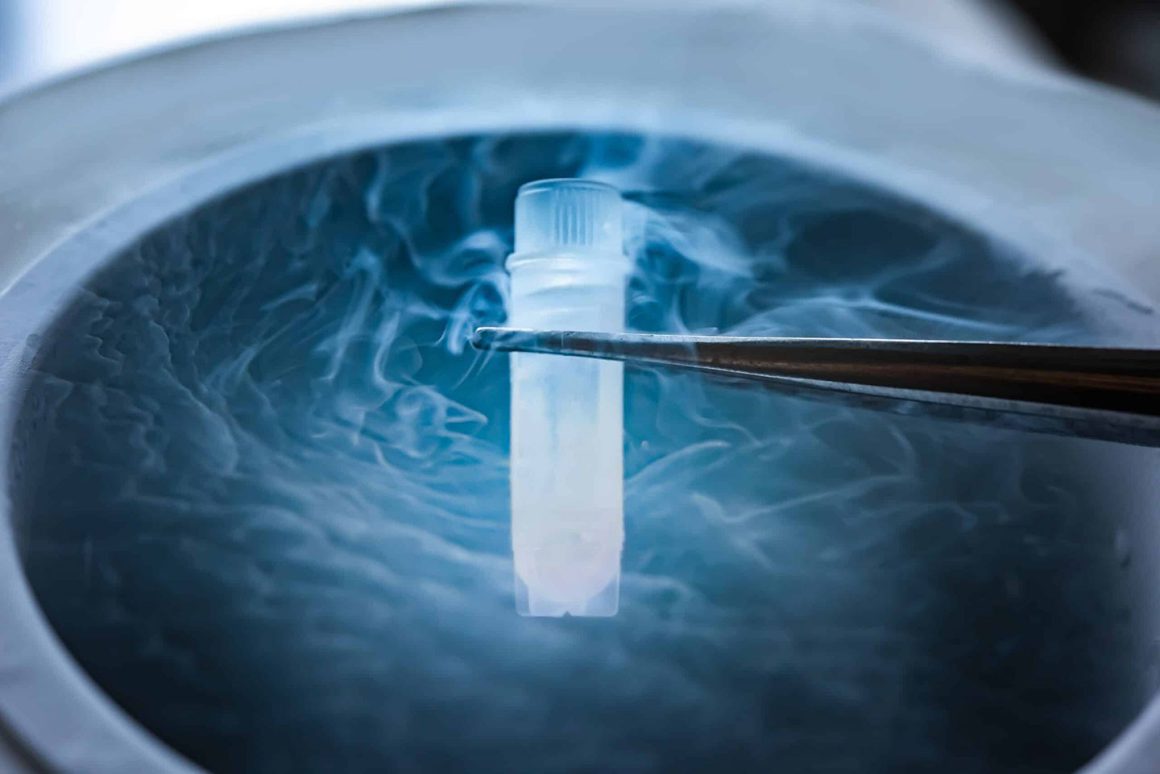At Alcove Fertility Center, we offer frozen embryo transfer (FET) as a fertility treatment option for patients who have previously undergone in vitro fertilization (IVF) and have frozen embryos available. FET allows patients to use their previously created and frozen embryos during a future fertility treatment cycle, without the need for additional hormone stimulation or egg retrieval.
The FET process is similar to a fresh IVF cycle, but with the added step of thawing and transferring the frozen embryos into the uterus. Our team of fertility specialists will work with you to determine the best time for your FET and ensure that the process is as smooth and successful as possible.
Sometimes during an IVF cycle, we’ll be able to create more than one embryo. We’ll usually recommend transferring one, and freezing the others. This is due to the serious risks associated with multiple pregnancies if you transfer more than one embryo at a time.
Embryo freezing gives you more opportunities for a pregnancy for each hormone stimulation cycle and egg collection. If you do not become pregnant from the first transfer from that cycle, we can transfer a frozen embryo during a frozen embryo transfer cycle.
This means you won’t have to undergo another hormone stimulation cycle and egg collection.
The pregnancy success rate of frozen embryos is equal to the pregnancy success rate for fresh embryos. However individual factors can affect every patient’s prospect of success.
Any frozen embryos will be stored at our facility, where they will be kept frozen in cryostorage until you decide to either use, donate or discard them.
Embryos can be frozen from Day 3 (eight cell stage) to Day 5 (Blastocyst). They are placed in thin plastic straws, sealed at both ends, and labelled with your name and identification number.
They then go into a freezing machine, where the temperature rapidly drops to -150° Celsius, a process called vitrification. The straws are then placed in goblets, and put into tanks filled with liquid nitrogen, which keeps the temperature at -196° Celsius.
Once you feel that your family is complete, and you have no further personal use for your frozen embryos, you may decide to thaw them and let them regress naturally, donate them to scientific research or donate them to someone who is unable to conceive. Your specialist can discuss all your options with you.
If you are undergoing fertility treatment for a serious illness or cancer you might consider freezing embryos for future pregnancy attempts.


